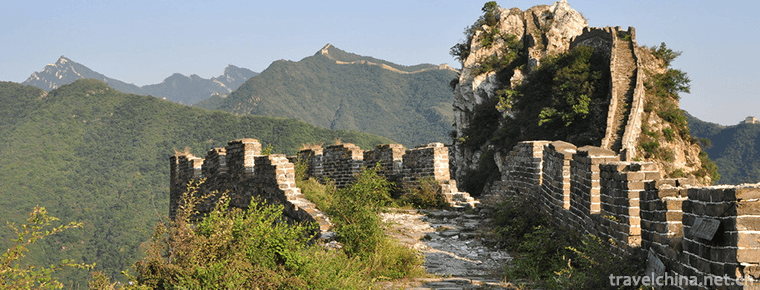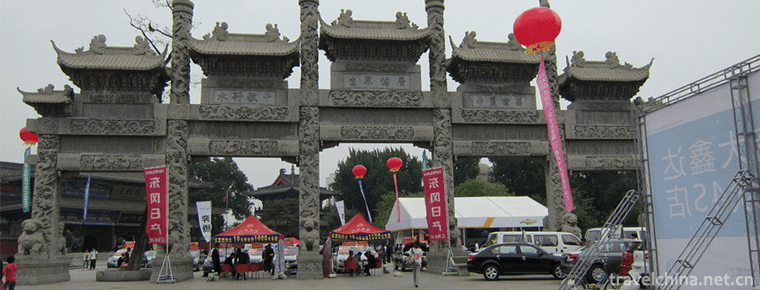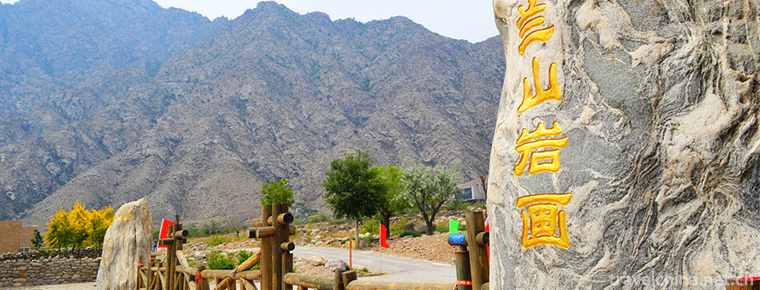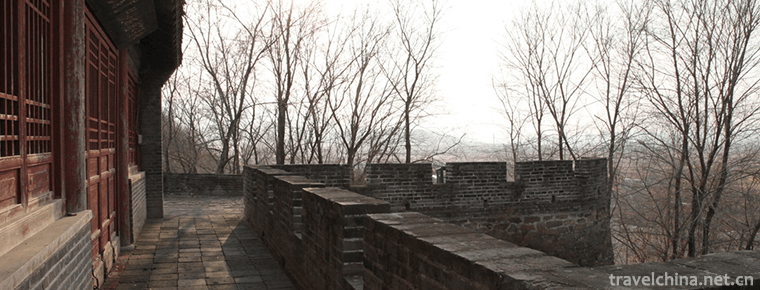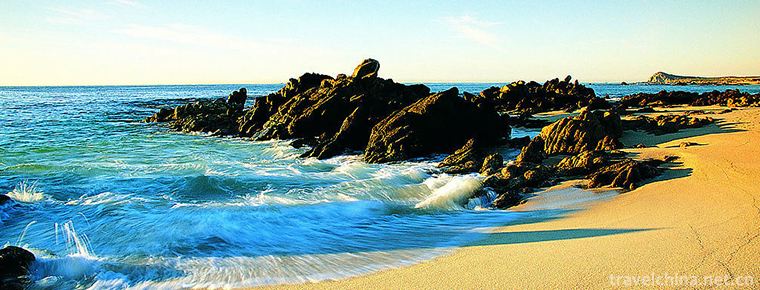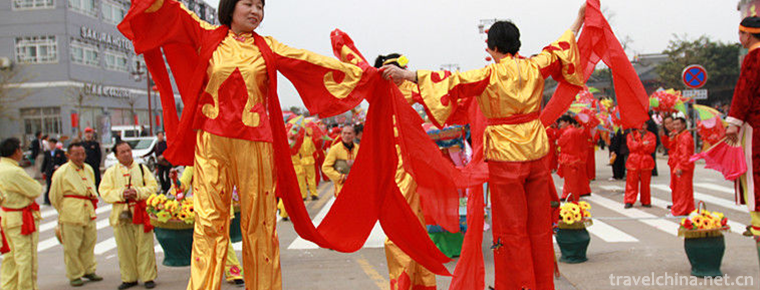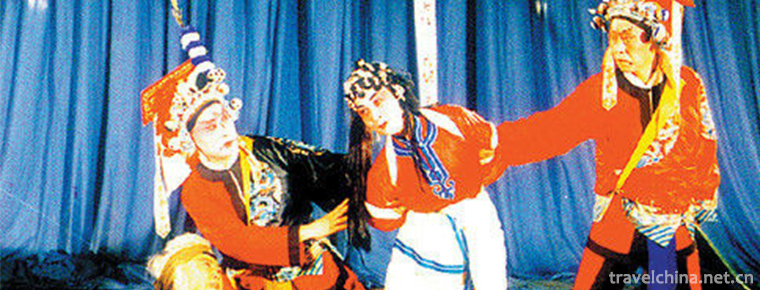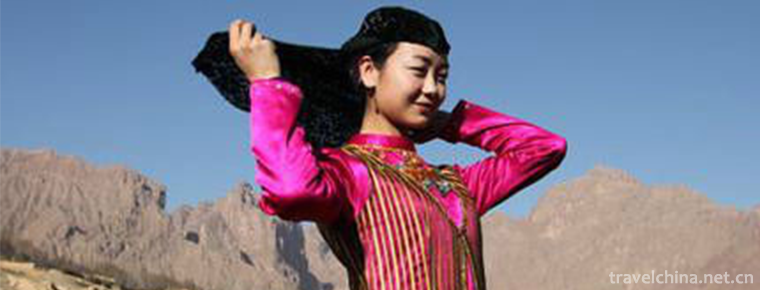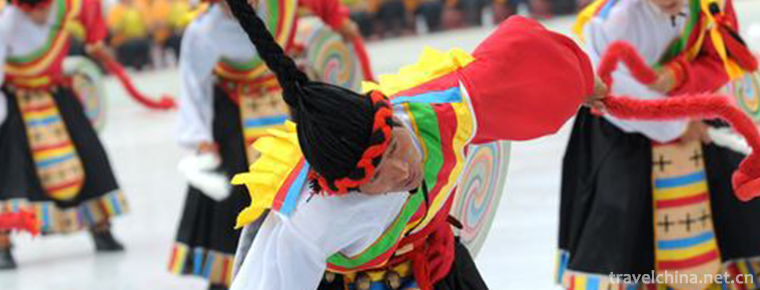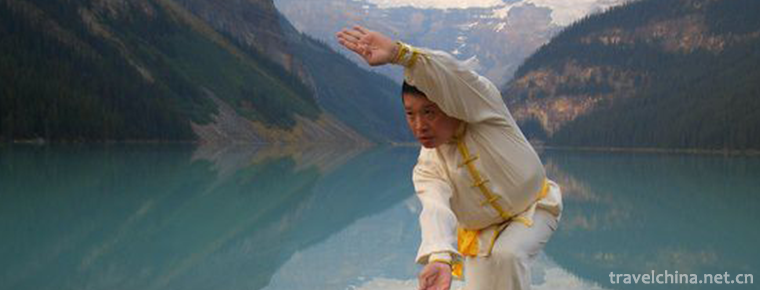Kazakh Costume
Kazakh Costume
Kazakh people are characterized by pastoral nomadic culture. Their clothes are easy to ride. Their national clothes are mostly made of sheep's skin, fox's skin, deer's skin and wolf's skin, reflecting the life characteristics of the mountain grassland people.
Historically, the vast majority of Kazakhs lived a nomadic life, which was driven by water and grass. Therefore, their clothes were characterized by a strong grassland animal husbandry life. Pastoral democracy uses the fur of livestock as raw material for clothing. Kazakh men like to wear cotton sweaters and pants, like to use plush, gabardine and other clothing. Black, coffee and other dark colors are mostly used in color. In winter, they mainly wear leather coats and pants. Selected materials are mainly sheep's skin, but also wolf's skin, fox's skin or other precious animal skins. For ease of mounting and dismounting, trousers are sewn with sheepskin to make crotch trousers, so they are broad, strong and durable. Most shirts are high collars with embroidered lace. Shirt jacket shoulder, shoulder wear short clothes, sometimes also wear "loops". Family Honorary Produce on July 10, 2015 .
On June 7, 2008, Xinjiang Uygur Autonomous Region and Yili Kazakh Autonomous Prefecture jointly declared "Kazakh costumes" which were approved by the State Council of China and included in the second batch of national intangible cultural heritage list.
Clothes & Accessories
Men's style
Men wear Pullover shirts with high collars. Young people wear embroidered colored patterns on their collars. They wear Western vest, outside.
Wear a cloth or fur coat, belt around waist, knife on top, easy to eat, wear jacket leather trousers for riding, wear caps in winter, spring, summer and autumn. In winter and spring, the cap is made of fox or lamb skin, with two ear fans on the left and right, a long tail fan on the back and four edges on the top. The cap can cover the snow and cold. In summer and autumn, the cap is made of lamb hair, white felt cap, and the flanging of the cap is made of black velvet. The cap is both rain-proof and heat-proof. Men wear shoes and boots made of leather.
Female style
Kazakh women's clothing is colorful. They like to use white, red, green, light blue satin, flower cloth, wool textiles and other raw materials to make dresses, young girls and young women generally wear sleeves embroidered, with a multi-layer lotus leaf hem dress. Wear shoulder or jacket in summer, cotton jacket in winter and cotton overcoat when going out. Women are most particular about hats and headscarves. The unmarried girl wears a beautiful triangular or square headscarf in summer, and a hard-shell dome cap with owl feathers in winter, which symbolizes bravery and firmness. When the bride wears a pointed hat with embroidery and gold and silver jewelry decoration, and a string of beads hanging in front of her face. A year later, she wears a flowery headscarf and a shawl when she has children.
Hat
Winter hat
A pointed quadrilateral cap made of fox or lamb skin
Autumn hat
White felt hat made of lamb hair
Brief Description of Kazakh Nationality
Chinese Kazakhs (Slavic: Kazakh: maple k, Arabic: Kazakh) are ethnic minorities of China with a population of about 1.4 million. The world's population of Kazakhstan is about 18 million. Kazakhs in China are mainly distributed in Xinjiang Uygur Autonomous Region. The Kazakh language they use is the Arabic alphabet Kazakh, and Kazakhstan uses the Slavic alphabet Kazakh. Kazakh is the main ethnic group in Kazakhstan, and the ethnic minorities of Russia, Uzbekistan and Turkey.
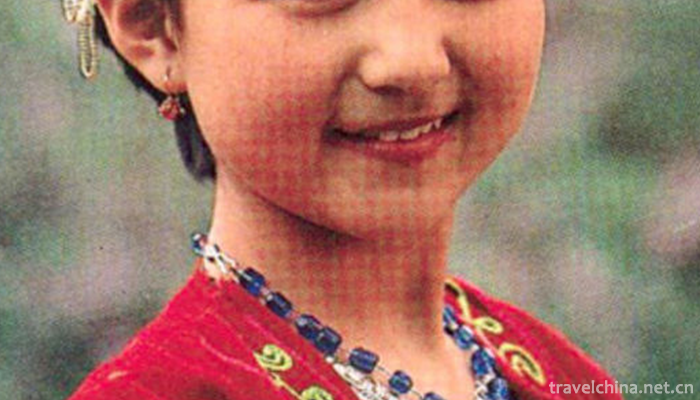
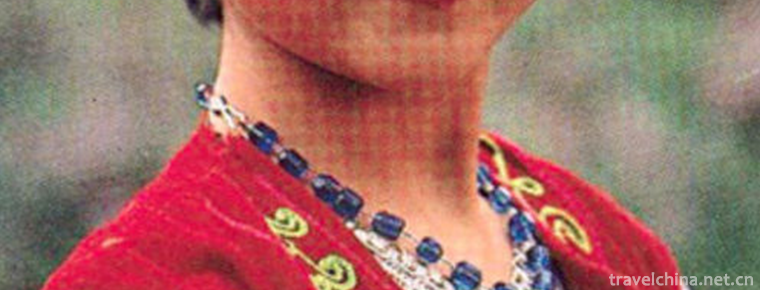
Kazakh Costume
-
Xiangshui lake the Great Wall
Xiangshui Lake is another unique and beautiful tourist attraction in the suburbs of Beijing. Located in the west of the Great Wall of Huairou Mutianyu
Views: 474 Time 2018-12-10 -
Guangyou Temple Scenic Area
Guangyou Temple is located in Liaoyang City, Liaoning Province, with Baita in the West and moat in the east. It covers an area of 60,000 square meters. The central axis of the north and south is archw
Views: 170 Time 2019-01-13 -
Helan Mountain Rock Painting
Helan Mountain Rock Painting is a national key cultural relics protection unit, the national AAAA level tourist attractions, the national research tourism demonstration base (2016 one of the first 20)
Views: 121 Time 2019-01-13 -
The ancient city of Hetuala
The ancient city of Hetuala is located in Yongling Town, Xinbin Manchu Autonomous County, Liaoning Province. It is 5 kilometers west of Qingyongling
Views: 232 Time 2019-01-13 -
Golden Sands Beach
Golden Beach is located in the southern end of Shandong Peninsula, the Yellow Sea coast of Qingdao Huangdao District, Golden Beach Road. It is bordered by the Yellow Sea in the South and stretches
Views: 148 Time 2019-01-26 -
Stilts
Stilts, also known as "Stilts Yangko", is a folk dance widely spread throughout the country. It is named for its many feet on stilts when dancing. Stilts have a long history, originating fro
Views: 101 Time 2019-04-30 -
Qingyang Opera
During Jiajing period of Ming Dynasty, Yiyang Tune of Jiangxi flowed into Qingyang County of Chizhou Prefecture in Southern Anhui Province. It was combined with local language, folk opera (Kunshan Tun
Views: 182 Time 2019-06-11 -
Salar Costume
The traditional dresses of the Salar nationality are bright and bright in color and full of national characteristics. Salar costumes have two characteristics, namely (1) Islamic color of costumes; (2)
Views: 141 Time 2019-06-11 -
Guozhuo Dance in Shannanchang
Shannanchang Guozhuo Dance is a kind of waist drum, which originated in Dabu (now Jiacha) area. Legend has it that in the mid-eighth century, with the help of Buddhist masters such as lotus and peanut
Views: 211 Time 2019-06-13 -
Sun Bin quan
Sun Bin Quan is an ancient and rare traditional boxing in Shandong Province. Its connotation is broad and profound, which was created by Sun Bin, a military strategist in the Spring and Autumn Period
Views: 192 Time 2019-06-17 -
Wangcong Temple
Wangcong temple, located in the southwest of Pidu District, Chengdu City, Sichuan Province, is 23 kilometers away from Chengdu City. It was built in memory of Du Yu, the earliest king of Shu, and his successor Cong di.
Views: 182 Time 2020-11-05 -
Contact information of Chengdu Giant Panda Base
Contact information of Chengdu Giant Panda Base
Views: 172 Time 2020-12-13
